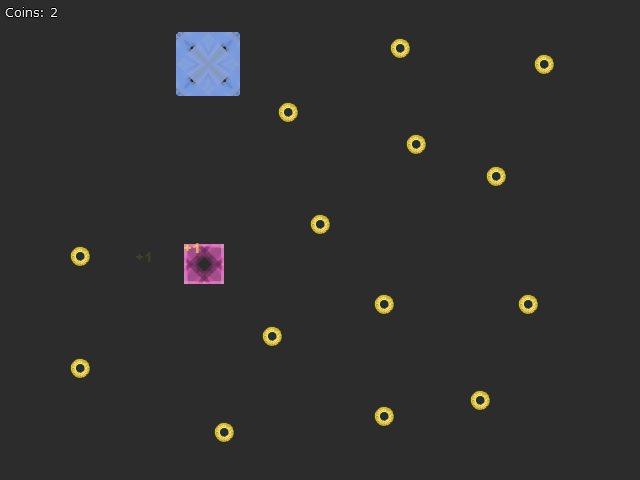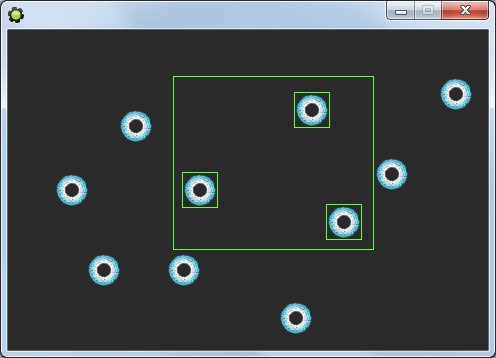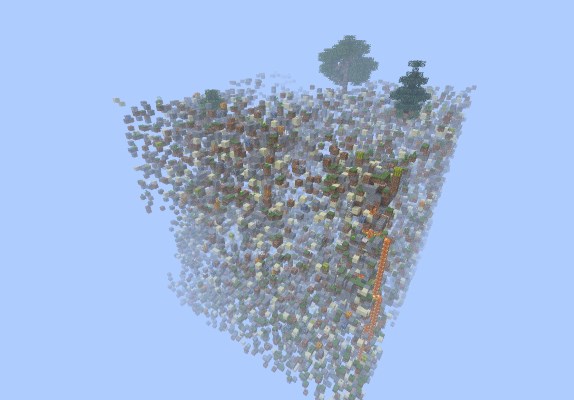
A comparison
This post explains how to replicate GameMaker: Studio's application_surface in older versions.
Doing so is more or less a requirement if you want a scaled window with pixel-perfect rendering and/or do not desire to modify your tilesets (although a tool had been made since to help with this).
Continue reading





